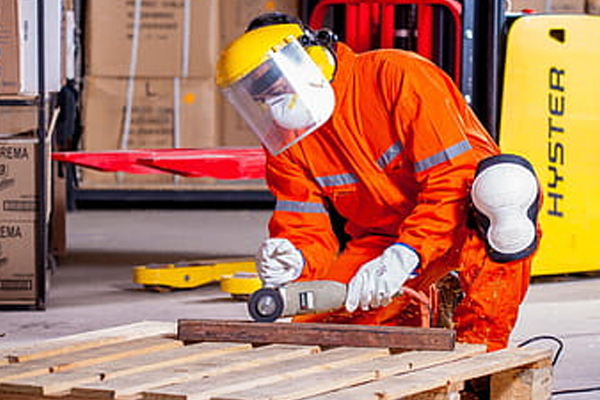|
UV Protection for Workers in Construction Industry
It is a common misconception that all UV radiation is harmful. In reality, moderate exposure is essential for our health and the skin’s melanin pigment helps to block damaging rays. But excessive exposure, often experienced by those who work outdoors, can lead to serious health risks. UV light that radiates from the sun is invisible, and can also be created from artificial sources, such as UVC generated from welding. When over-exposed, employees run the risk of burns, wrinkling, cell mutation and ultimately potentially skin cancer; even exposure to artificial UVC light can have serious repercussions.
With summer at its peak, SC Johnson Professional is advising on best practice and how to effectively raise awareness amongst employees. Employers have a duty of care in the UK, which means a legal requirement to ensure that workers do not suffer harm or injury whilst on the job. This includes protection against potentially harmful UV rays, and for those who work outdoors, this is crucial.
As well as those who work outdoors, mobile workers and welders are also at high risk. Fair or freckled skin, red or fair hair and those with a large number of moles also mean a heightened risk if over-exposed to UV radiation.
Lack of provision
With such a wide range of people at risk, why is there a lack of provision in the workplace? SC Johnson Professional identified budget availability, lack of time and training as the main reasons. A change in attitude is needed too; sun cream application is simply not seen as a priority, meaning that those on the job are less likely to protect themselves.
There are plenty of ways to encourage this however, and employers are in the best position to do so. Providing extra training is an effective way to show how to check the skin, use protective clothing and apply sun cream correctly for example. ‘Toolbox Talk’ training onsite by SC Johnson Professional’s skin care experts covers this, and helps employers provide advice on who is at risk, as well as showing the difference sun cream can make, using real-life examples.
Another aspect of protection is suppling product itself. Plentiful supplies of sun cream can have a huge impact; SC Johnson Professional’s recent survey found that for 87% of non-wearers of sun cream, there was no protection cream made available at the workplace. At-work resources such as signage and UV Stations update employees on the UV index to ensure that the message hits home.
Absenteeism and employee wellbeing are important issues in industry today. By increasing and improving the provision of UV protection, employers can start to address this in terms of skin care. Ultimately and most importantly though, raising awareness of the dangers of over-exposure is key – and could potentially reduce the risk of skin cancer amongst employees who work outdoors.
Source: www.shponline.co.uk
|



